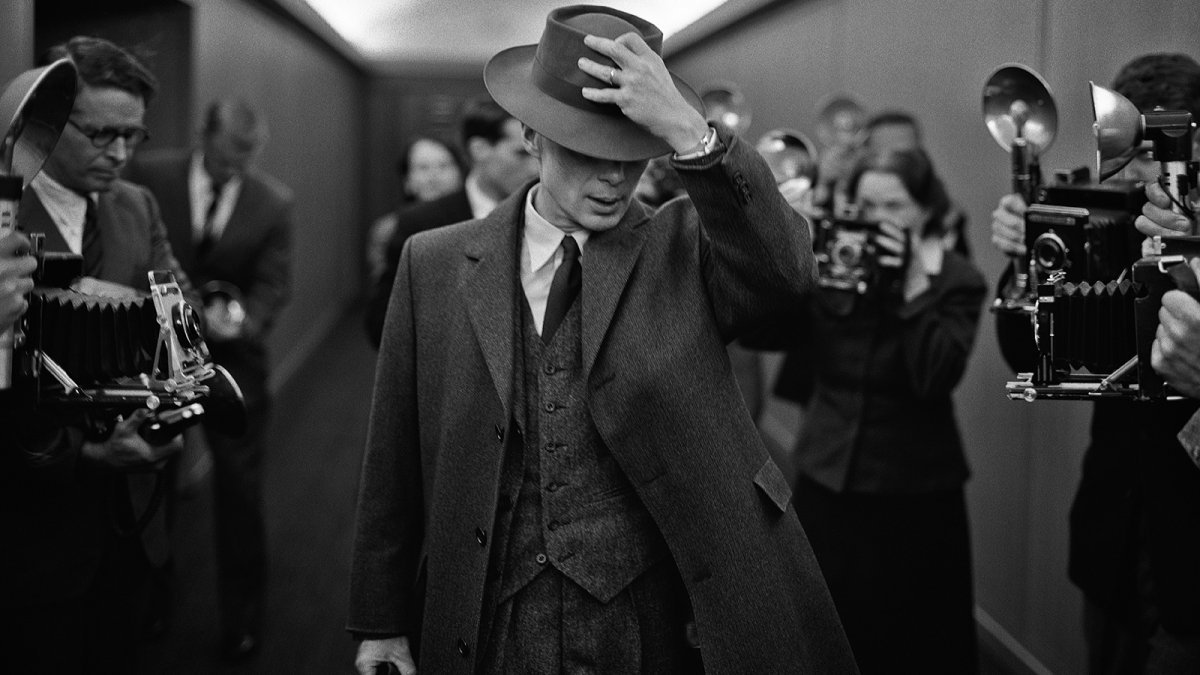After the reconstruction of a specific episode of the Second World War, the hasty retreat of British troops from the French coast in 1940. Dunkirkhis military blockbuster 2017, Christopher Nolan returned to confront the history of the twentieth century in its new movie: Oppenheimerportrait of the scientist who led the Manhattan Project, based on a biography American Prometheus, written by Kai Bird and Martin J. Sherwin and starring Irish actor Cillian Murphy. The narrative in this case extends over a much wider span of time, from J. Robert Oppenheimer’s academic training at Cambridge in the 1920s to Dwight Eisenhower’s America with the “code” in 1963 on the occasion of the Enrico Prize. Fermi Award to Oppenheimer for his contribution to the development of nuclear energy.
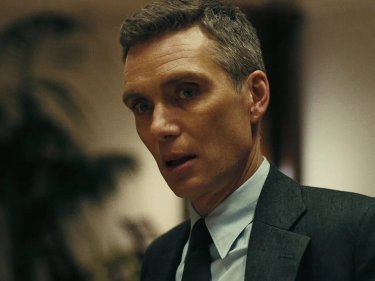
But the heart of the story, of course, lies between 1942, the start date Manhattan Project in the laboratories of Los Alamos, in the desert region of New Mexico, and July 1945, when the Trinity test was carried out, i.e. the first explosion of a nuclear weapon. If an atomic explosion forms an emotional climax Oppenheimer, as well as the fateful “point of no return” for the story itself, during the film’s three hours running time, ample space is also devoted to the investigation that the scientist was subjected to in 1954 regarding his positions on the hydrogen bomb and his alleged links to communism. These hearings build the dramatic mechanics of Christopher Nolan’s work, recreated starting with actual interrogation transcripts, in which past and present alternations help to imbue the film with an ongoing sense of tension.
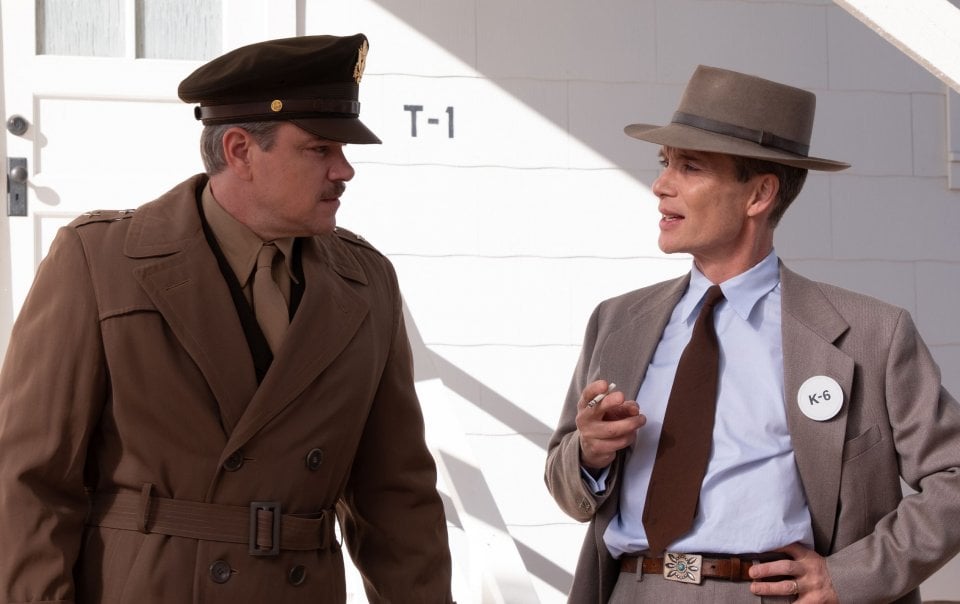
Thus, the complexity of the narrative and the density of references are the hallmarks of Oppenheimer, much larger than Dunkirk; therefore, the most appropriate condition for a full evaluation of Nolan’s film is prior knowledge of the key elements of this era and certain political dynamics associated, in particular, with the growing rivalry between the United States and the Soviet Union. Therefore, below we will illustrate some aspects Oppenheimer’s historical contextassociated with the fundamental chapter of the “short age”, with its obsessions and with the ghosts that have never completely left us since then…
Rossi in America: Communism in the USA
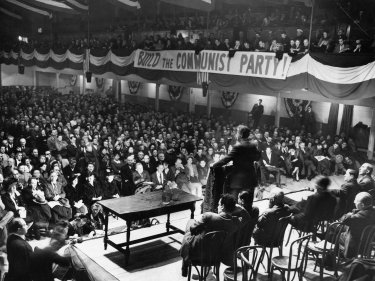
In 1919, a split in the Socialist Party of America leads to the birth of the CP USA, or Communist Party of the United States of America. In the wake of the enthusiasm and expectations generated by the Bolshevik Revolution in Russia, when Vladimir Lenin applied a new political and economic model, American Communist Party manages to gain increasing recognition in the 1920s by operating almost exclusively in secret. In particular, during the height of the Great Depression, the Communist Party stood out for its campaigns in support of the most disadvantaged sections of the population, the working class and national minorities.
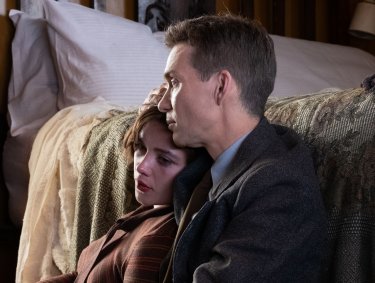
The ideals of equality and social justice promoted by communism are also of considerable interest in academia, and the film actually shows the spread of political activism in university communities: this is the case, for example, of Florence Pugh’s character Jean Tatlock, who will be romantically involved with Oppenheimer. On socialism in the United States in the first decades of the twentieth century, and on the influence of the Russian Revolution on American politics, we refer to another seminal work, The Reds, by Warren Beatty in 1981, which focuses on the life of journalist John Reid among the bearers of communism in the United States. .
Oppenheimer, Review: Christopher Nolan and the Luxurious Portrait of the Father of the Atomic Bomb
Democracy vs Dictatorship: The Spanish Civil War

In Oppenheimer, the characters talk about Spanish Civil War: for example, Katherine Vissering Puening, who played Emily Blunt in the film, tells her future husband Robert that her partner, Joseph Dallet, was killed in Spain fighting for the Republic. The Spanish Civil War is, in fact, a conflict whose urgency would extend beyond the Iberian Peninsula; indeed, in some ways it represents a kind of miniature prelude to World War II. The war began in July 1936 with an attempted coup d’état by Bando’s nationalists against the left-wing Popular Front government, which had won elections five months earlier.
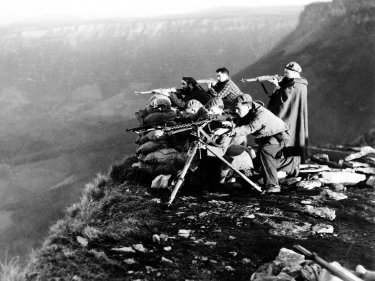
The Nationalists, led by some army leaders including General Francisco Franco, are backed by three European dictatorships: Adolf Hitler’s Germany, Benito Mussolini’s Italy and António Salazar’s Portugal. The democracies, on the other hand, refuse to provide military support to the Spanish Republic, which in return will receive the support of the Soviet Union. The conflict soon becomes a symbol of the tug-of-war between democracy and dictatorship: that is why thousands of volunteers from all over the world travel to Spain to join the international brigades, hoping to stop Francisco Franco’s Falange. A hope that will collapse in March 1939, when the Republican forces are finally defeated: thus began the Nuevo Estado, that is, the thirty-six years of Franco’s rule.
Cold War and arms race

As the Manhattan Project progresses toward its intended goal, there is talk that in Potsdam, where the Allied Leaders Conference was held, US President Harry Truman limited himself to informing Joseph Stalin of the existence of new weapons available to the United States, without giving further details: proof that the union between the two countries begins to crack, and on the horizon appears cold war. After taking office in April 1945 after the death of Franklin Delano Roosevelt and re-elected to a second term in 1948, Harry Truman allegedly made the tragic decision to drop two atomic bombs on Hiroshima and Nagasaki to force Japan to surrender quickly. ; shortly thereafter, American scientific investment would converge on the development of an even more powerful device, the hydrogen bomb.
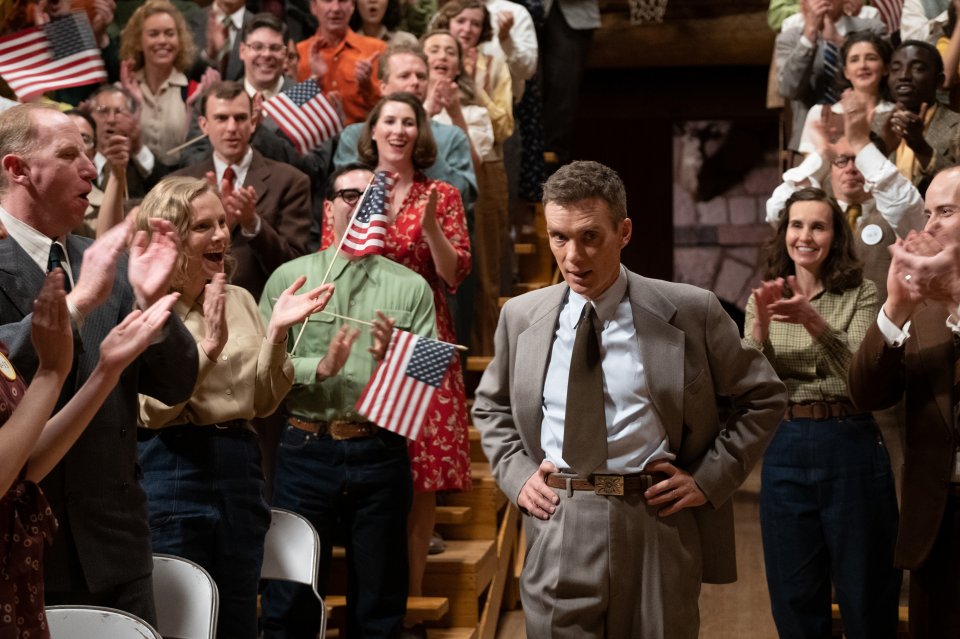
Negative opinions about J. Robert Oppenheimer as for the hydrogen bomb, they take on a fundamental meaning in the film: in fact, the protagonist, celebrated as the genius of creating the atomic bomb, falls out of favor with the government environment, which will eventually consider him an adversary who needs to be overthrown. In fact, most of the action of the film takes place in the first decade of the Cold War, that is, in the midst of arms race two superpowers, united by the desire to establish superiority also in relation to military technology. Hence the policy of the so-called “balance of fear”, associated with the specter of a nuclear war that could devastate the planet like never before in the history of human civilization.
McCarthyism and the Hollywood Black Book: A History of the Witch Hunt
“Witch Hunt” in McCarthy America
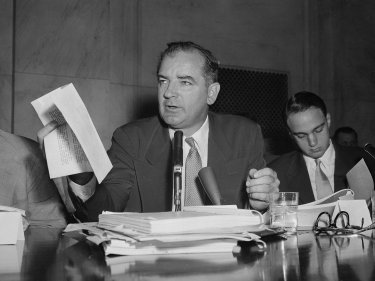
And a sad head McCarthyism in the United States: an atmosphere of anti-communist paranoia that reached its peak in the first half of the 1950s thanks to investigations by an investigative committee chaired by Republican Senator Joseph McCarthy. McCarthy’s anti-communist crusades riding rhetoric red panic (“fear of the Reds”) and the hype raised by the trial of Julius and Ethel Rosenberg (who were sentenced to death for spying for the USSR), lead to the compilation of real blacklists, which will mark the professional downfall – and not only – of thousands of people accused of sympathy for the ideals of socialism and communism.
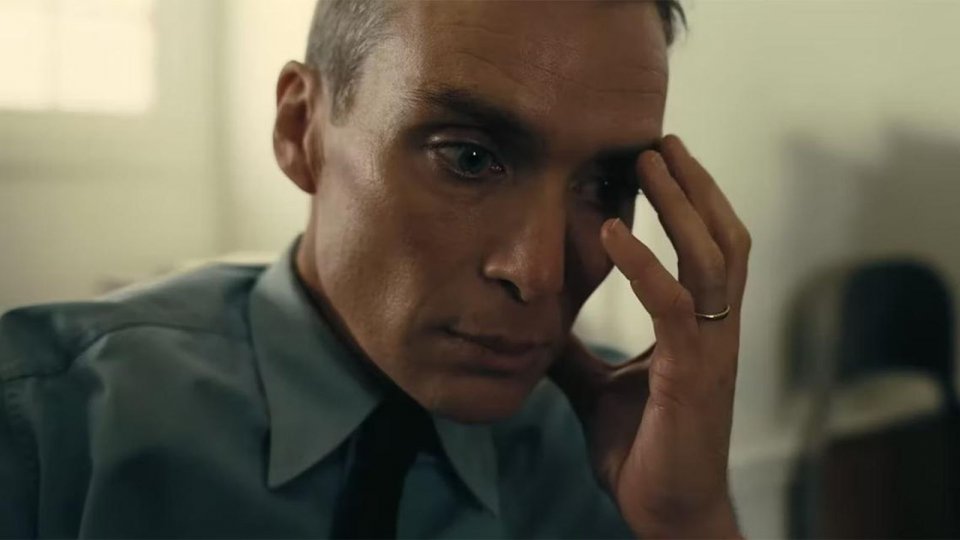
It was in this witch-hunt atmosphere that J. Robert Oppenheimer came under pressure from the Atomic Energy Commission in 1954 after a slanderous letter sent a few months earlier to J. Edgar Hoover, FBI director, scientist William Borden. Oppenheimer, who opposed Senator Lewis Strauss (played by Robert Downey Jr.), is thus accused of taking part in Communist Party activities and meetings some twenty years ago, thereby turning the man’s past into a tool to question his loyalty. to your country.

